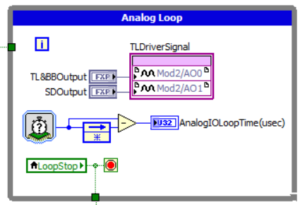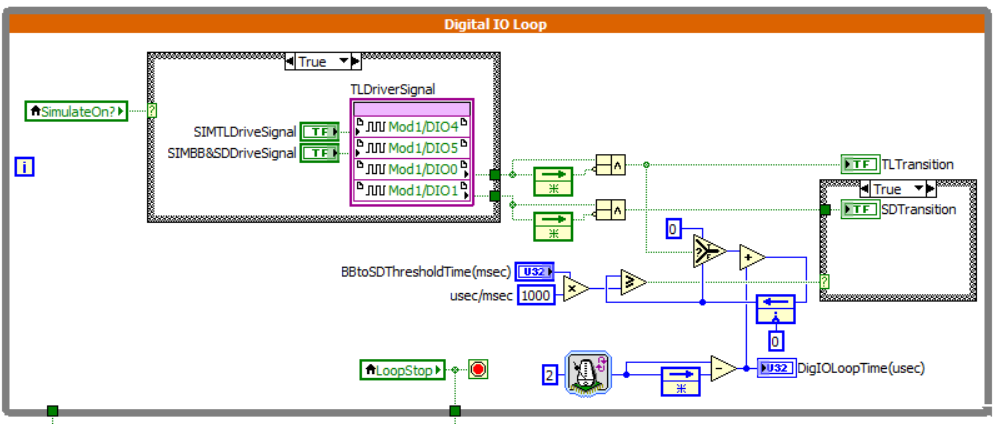
Using LabVIEW for Automated Testing
Using LabVIEW for automated test is the most common use case for LabVIEW (there are others; see LabVIEW Uses – What is LabVIEW used for? 4 Purposes for more detail).
There are 3 main things you should know about using LabVIEW for automated testing:
LabVIEW is a full-up programming language
LabVIEW is a full-up programming language (technically LabVIEW is the development environment and “G” is the language, but the two are often conflated). It’s graphical, which makes it seem super easy to use for non-programmers. However, be careful. While it is definitely easy to hack something simple together, creating a reliable, maintainable, and expandable application requires the same sort of rigor and knowledge that any other text-based programming language requires.
So you might ask yourself: “do I want to learn LabVIEW or do I want to hire someone to take it off my plate?”. Either answer can be fine. And both can be fine as well. If you’re working with a LabVIEW consultant or custom test equipment supplier (that uses LabVIEW), communicating and understanding is easier if you know the basics around LabVIEW.
If learning LabVIEW is more of a distraction for you than the core of your job, make sure you check these out before you outsource:
- 5 LabVIEW Consultant Selection Considerations
- 9 Considerations Before you Outsource your Custom Test Equipment Development
If knowing LabVIEW is the core of your job, here’s some info to help you get started:
LabVIEW integrates tightly with NI’s measurement / data acquisition hardware
Makes sense, since National Instruments developed and owns LabVIEW.
There’s a large suite of measurement hardware (developed by National Instruments) that tightly integrates with LabVIEW (especially LabVIEW RT & FPGA, which require NI-specific hardware to run on).
If you’re thinking you’ll outsource, maybe you don’t care too much about these specifics, but a basic awareness can still be helpful.
Start with these and branch out:
- Which NI Platform is Right for Your Automated Test Needs?
- LabVIEW FPGA programming
- LabVIEW Real-Time programming
There’s also a lot of non-NI hardware that integrates with LabVIEW via drivers.
There are many non-LabVIEW-related pieces to solving an automated test system need
Using LabVIEW for automated testing is obviously only part of the equation to getting a fully functional custom automated test system. There are the equipment aspects, commissioning, requirements, test plan, and maintenance aspects as well. Check these resources out:
- Commissioning Custom Test Equipment
- Custom Test Equipment Requirements – What’s most important to get right
- LabVIEW Test Automation – Custom Automated Test System Buyers Guide
- Hardware Test Plan – for complex or mission-critical products
- How to Diagnose Failing Custom Test Equipment
Want help with automated testing using LabVIEW?
